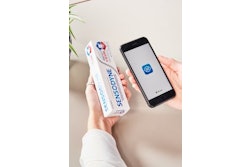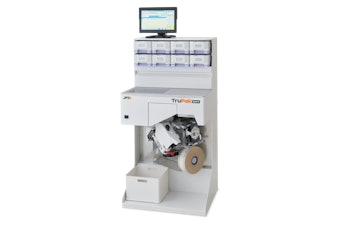Bormioli Pharma, an international provider of pharmaceutical and medical device packaging, launched an investigation into tubing glass vials vs. “Delta” molded glass vials. According to the results from external laboratories—validated by Massimo Guglielmi, professor and coordinator of the technical committee “Pharma Packaging” of the International Commission on Glass (ICG)—both materials provide comparable benefits.
The aim of the investigation was to compare the properties and performance of vials obtained from tube processing from Delta processing, the result of Bormioli Pharma’s advanced proprietary molding technology. The scientific work involved numerous tests, including dimensional, mechanical, thermal, aesthetic, and chemical tests—carried out according to the indications of the European Pharmacopoeia and conducted at the Stazione Sperimentale del Vetro (SSV)—examined 10- and 30-ml vials produced by Bormioli Pharma.
The results showed that both tubing and Delta molded glass vials have clear and identifiable benefits, and therefore, there is no better choice in every condition.
On the one hand, tubing vials are generally considered better by pharmaceutical manufacturers due to their better dimensional consistency, reduced weight, and excellent aesthetic appearance. On the other hand, Delta molded glass vials have better mechanical strength due to their thicker walls and better chemical behavior, especially in relation to extractables and delamination.
In the pressure range relevant for pharmaceutical freeze-drying, the differences between tubes and Delta vials are negligible. Similarly, when considering thermal shock resistance, the two types of vials have, in fact, the same behavior, at least up to 90°C.
“Although some differences remain between the vials produced by the two types of process, some favoring one, some favoring the other, in the case of the two types of Bormioli Pharma vials examined in this paper, it can undoubtedly be said that they are practically equivalent for their intended purposes,” says Andrea Sentimenti, marketing & innovation director of Bormioli Pharma. “With this experimental investigation, we want to begin to shed light on the properties of glass types and demonstrate how the choice between one product and another should not be guided by the type of glass itself, but by the specific requirements dictated by the pharmaceutical application and the type of production process.”






















